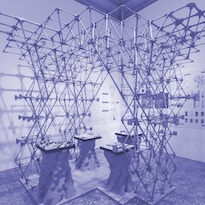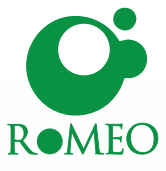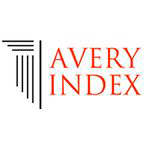Temporalities and the Urban Fabric: Co-Producing Liminal Spaces in Transitional Epochs
Abstract
Within the framework of 'Temporalities and the Urban Fabric: Co-Producing Liminal Spaces in Transitional Epochs,' this rigorous examination unravels the multilayered nuances of temporality and its intimate relationship with urban spaces in times of transition. The research delineates the intricate interplay between public exhibitions, urban realms, and socio-political paradigms, particularly within the dynamic settings of the metropolitan entities of Houston and Amsterdam. These cities, as epitomes of temporal urban flux, become fertile grounds for exploring the ephemeral essence of liminal spaces and their transformative manifestations. By weaving together diverse academic domains – from Design Computation and Fabrication to Urban Communities and Spatial Justice – this study underscores the symbiotic fusion of Augmented Reality (AR) and Gamification within the broader canvas of urban temporalities. Crucially, the research accentuates the transformative potential of Extended Reality (XR) in augmenting the theoretical and methodological contours of urban studies within these transitional epochs.
Key words: Urban Temporalities; Liminal Spaces; Augmented Reality in Urban Design; Spatial Justice; Transitional Urban Epochs
Downloads

Downloads
Published
How to Cite
Issue
Section
License
Copyright (c) 2023 Asma Mehan, Sina Mostafavi

This work is licensed under a Creative Commons Attribution 4.0 International License.
The authors keep their rights upon their work, although they transfer, in a non-exclusive way, the rights of exploitation (reproduction, publication, distribution, public dissemination and presentation) to the Journal. The authors are, therefore, free to enter additional, separate contracts for the non-exclusive distribution of the version of the work published in the Journal (for instance, by hosting in an institutional repository or publication in a book), provided credit is given that the work was initially published in this journal. The works are published under a Creative Commons Attribution 4.0 (CC BY 4.0) license.











